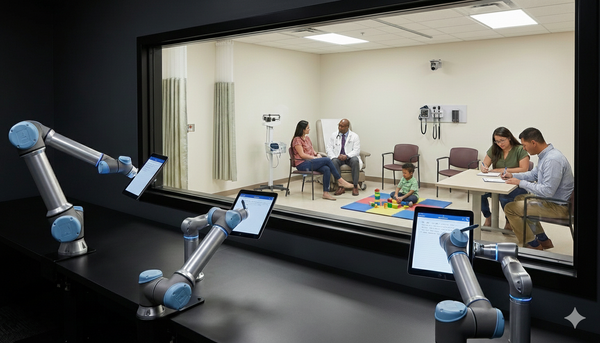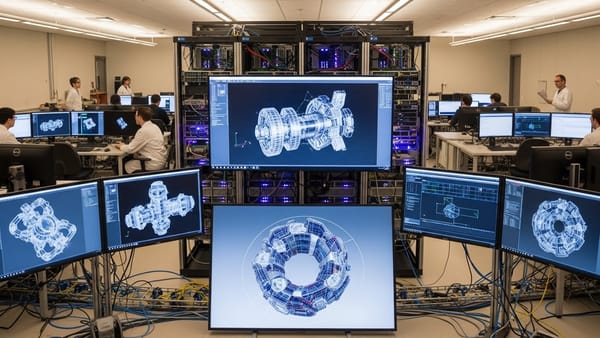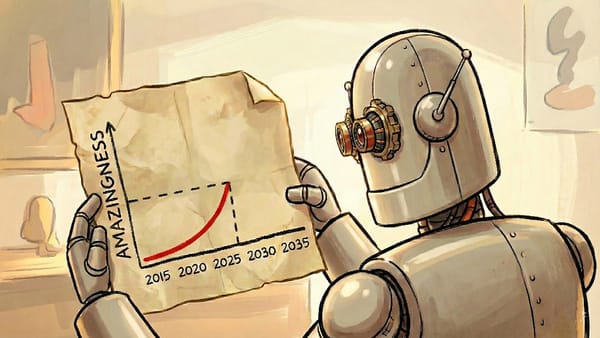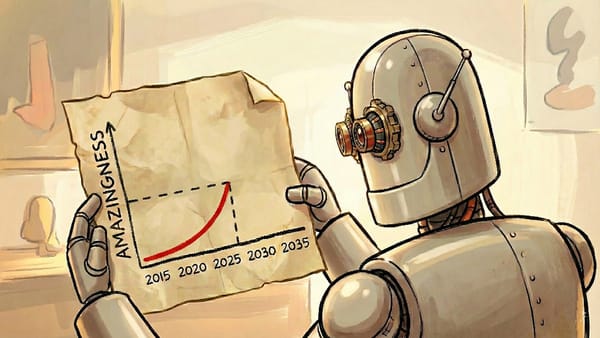India Pushes to Build Indigenous AI: India launches GPU network and talent programs to boost local LLMs
India, which has limited funding and large numbers of languages and dialects, is redoubling its efforts to build native large language models.
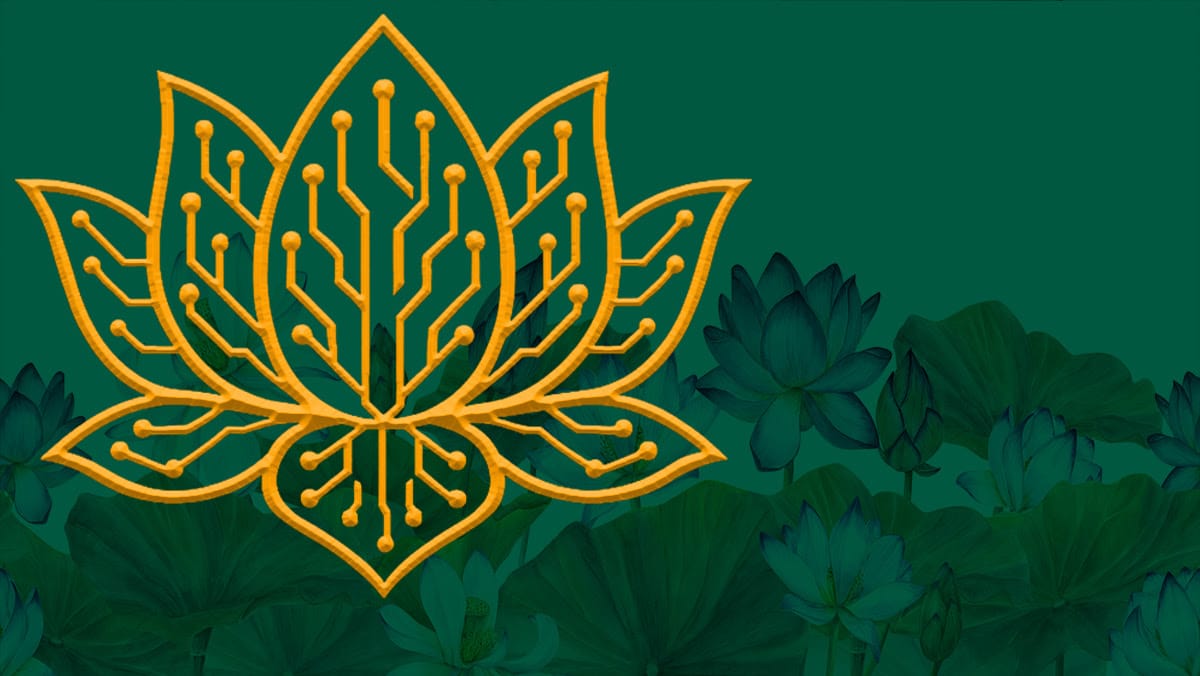
India, which has limited funding and large numbers of languages and dialects, is redoubling its efforts to build native large language models.
What’s new: India is funding startups and marshaling processing resources, MIT Technology Review reported. Companies such as CoRover, Sarvam AI, and Soket AI Labs are working on efficient models that can process many of the 22 officially recognized languages spoken in India while running on relatively small compute budgets.
Challenges: India is home to more than 120 languages and 19,500 dialects. However, training models to process them faces hurdles both cultural and technical.
- Some Indian languages don’t have much written text or consistent spelling, which makes for few large, high-quality datasets for model training.
- Languages such as Kannada and Tamil can be written without delimiters between words, such as spaces, which makes them difficult to tokenize efficiently.
- India lacks the financial muscle available in China, Europe, and the United States. Last year, the U.S. spent 3.5 percent of its gross domestic product on research and development, China spent 2.68 percent, and Europe spent 2.2 percent, while India spent 0.65 percent. The picture is more stark when it comes to funding startups. In 2024, U.S. AI startups amassed $97 billion in venture funding and Europe raised $51 billion, while Indian AI start-ups brought in $780.5 million.
- India’s technology industry has evolved to focus on services, such as those offered by giant software consultant Infosys, Tata, and HCL, rather than products.
Initiatives: To overcome the challenges, India’s government, cloud providers, and startups are attempting to kickstart indigenous model development. Several Indian AI leaders said they’re inspired by DeepSeek, the Chinese developer that built a leading large language model while spending far less than its international competitors.
- Last year, India’s government approved a $1.2 billion investment in the IndiaAI Mission, an overarching plan to develop AI technology.
- Some of that money will bankroll efforts like one by the Indian Ministry of Electronics and Information Technology (MeitY). In January, just 10 days after DeepSeek released DeepSeek-R1, MeitY called for proposals to build foundation models. It also invited cloud-computing and data‑center companies to reserve GPU compute capacity for government‑led AI research, which brought access to 19,000 GPUs including 13,000 top-of-the-line Nvidia H100s. The call netted 67 proposals.
- In April, the government announced that it would sponsor six large-scale models. It chose Sarvam AI to build a 70-billion-parameter multilingual model with reasoning and voice capabilities (the latter being crucial in a country where many people don’t read or write). The model is expected to be available later this year.
- MeitY also chose three startups to build multilingual models. Soket AI Labs is building a 120 billion-parameter model, Gan.ai is working on a 70 billion-parameter model, and Gnani.ai is focusing on 14 billion parameters and voice capabilities.
- Other government-funded efforts already are bearing fruit. CoRover.ai built the 3.2 billion-parameter BharatGPT, India’s first government-funded multimodal model, which offers voice capabilities in 12 languages. In June, CoRover.ai launched BharatGPT Mini, a compact version that comprises 534 million parameters.
Why it matters: As LLMs have become more sophisticated, it has become clear that one size doesn’t fit all. Countries (and subcultures within countries) need models that reflect their values, habits of thought, and languages. Yet resources are unequally distributed, leaving developers in some countries struggling to realize this dream. India is making a push to overcome the obstacles and develop AI that suits its own needs.
We’re thinking: Different countries deserve models that reflect their distinctive characters, but their development efforts need not remain insular. AI is an international project, and teams in different countries benefit by collaborating with one another. Let’s all help one another realize the benefits of AI worldwide.

